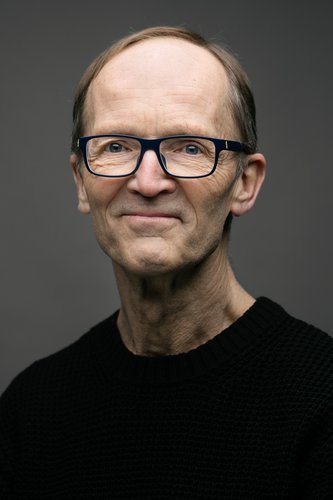
Interim Director, Professor Poul Henning Jensen
2023 was a significant year for DANDRITE.
First and foremost, we celebrated our 10th anniversary as a research center, marking a decade of growth, maturation and foremost, original neuroscience.
DANDRITE has firmly established itself within the international neuroscience community. We have proven ourselves as a key player in brain and nervous system research, not just in Denmark but globally. The first cohort of group leaders we recruited in 2013-2015 are now moving on to new phases in their careers, making significant contributions to fields like neuronal stem cell transplantation, motor control, vision, memory, decision making, and brain diseases.
In 2023, we welcomed new talent into our research community, Thomas Dong Won Kim and Chao Sun. Together with Taro Kitazawa, who was recruited in 2022, the three Group Leaders bring ambitious and innovative research programs in epigenetics and memory, molecular organization of synapses, and development of cell states in the healthy and diseased brain. In the videos below you will find a brief portrait of each of them and their respective research questions.
A fourth Group Leader, Anna Klawonn was recruited to start in 2024, coming from a position as a Group Leader at Copenhagen University. A fifth and final Group Leader will be recruited in 2025, completing the team of our new and second cohort of DANDRITE Group Leaders.
10-year sealing of our Nordic Partnership
2023 also saw the sealing of our continued collaboration with our Nordic EMBL partners in Sweden, Norway, and Finland.
At a solemn signing ceremony in Helsinki, center leaders and university management from the four host universities of Umeå, Helsinki, Oslo, and Aarhus signed a new 10-year contract, further strengthening our collaboration in recruiting and developing talents in molecular medicine.
In the coming years, we will launch a joint recruitment program for Postdocs, which aims to expand the frontiers of research in molecular medicine and develop new interdisciplinary partner - and mentorships across our four nordic nodes.
New leadership in progress
As we look to the future, we are undergoing some changes in leadership. In 2023, our director for ten years, Poul Nissen, stepped down to become the Vice Dean for Research, Innovation, and Business Development at the Faculty of Natural Sciences at Aarhus University. I take this opportunity to extend a warm thank you to Poul for his tremendous efforts for DANDRITE and our Nordic Partnership. He has been a fantastic figurehead and leader for the center and our researchers since our inauguration in 2013.
I have taken the role of interim director until a new one is formally appointed. This process will be planned in close collaboration with our Board during 2024. As a new representative for our co-hosting department, the Department of Molecular Biology and Genetics, Associate Professor Magnus Kjærgaard joined the Senior Management Team bringing with him a solid expertise in biophysics and protein de novo design to our community.
Continuing momentum in research, talent development, and recruitment
Moving forward, we're focused on supporting our new group leader’s research programmes and talent development in close collaboration with Neurocampus Aarhus, encompassing both Aarhus University and Aarhus University Hospital. To succeed, we constantly improve as an interdisciplinary organization building on the EMBL-style group leader model of talent recruitment and development. Brain research is advancing rapidly these years, and DANDRITE will be an active participant in this development.
Our productive Support Team is experimenting in many new initiatives to create a challenging, positive, and inclusive workplace, and we're continuously refining our recruitment process to attract the best qualified candidates.
This digital annual report is part of our effort to modernize, how we communicate to the public and stakeholders.
We hope you will enjoy reading, exploring, and learning about our highlights from 2023 and seeing how we're evolving as a community and as a high level research center.

In 2023, the DANDRITE community achieved significant milestones, including 77 publications, 7 successful PhD defenses, and securing a total of DKK 99,995,703 in external grants. These figures underscore the institute's continued dedication to advancing research.
Throughout the year, our first cohort of group leaders concluded numerous projects and prepared for new career opportunities. Mark Denham's innovation grant and Sadegh Nabavi's Novo Nordisk grant were among the noteworthy accomplishments, solidifying their positions as research leaders and contributing to DANDRITE's growth.
The addition of three new group leaders in 2022 and 2023 brings fresh perspectives and original research programs, pushing the boundaries of neuroscience forward. Collaborations between Team Leaders and affiliated researchers enhance our interdisciplinary approach, enriching our understanding of the brain and nervous system



"The three Group Leaders bring ambitious and innovative research programmes in epigenetics and memory, molecular organization of synapses, and development of cell states in the healthy and diseased brain"

"The first cohort of group leaders are now moving on to new phases in their careers, making significant contributions to fields like neuronal stem cell transplantation, motor control, vision, memory, decision making, and brain diseases."

"Our three Team Leaders are a valuable part of the DANDRITE community, complementing infrastructural and research-oriented strategies in DANDRITE with expertise in gut-brain axis, memory selectivity and electrophysiology."

"Our affiliated researchers collaborate closely with DANDRITE Group Leaders through joint grants, shared facilities, and expertise. These partnerships enhance the neuroscience landscape and strengthen the translational links and strategic infrastructure essential to our mission."


Childhood incontinence – Genes and disease mechanisms
Our primary focus is to discover genetic risk factors and disease mechanisms in childhood incontinence with a special focus on aspects of impaired body-brain interactions and psychiatric comorbidities. We are mapping novel risk genes in bedwetting, daytime urinary incontinence, and fecal incontinence. We also study genetic associations between incontinence and psychiatric disorders. Risk genes are investigated along with genes causing rare disorders of the water balance to understand their interplay in the regulation and integration of urine production, bladder activity and sleep.

Non-coding RNA and Nanomedicine
The Kjems lab investigates the role of non-coding RNA in neuronal development and neurodegenerative disease. This includes a study on tRNA fragments seen in the central nervous system prior to the onset of epileptic seizures and whether it can trigger in-situ hormone production in bioimplants. The group also uses targeted lipid nanoparticles, multiva- lent nano scaffolds, and exosomes to deliver protein and RNA therapeutics across the blood-brain barrier.
Publications:

Intracellular calcium signaling in mammalian cells
Mammalian cells reside within dynamic cellular societies where one cell’s function or fate can be determined or altered by the actions of its neighbours. My laboratories in Denmark and Australia explore how cells transmit and decode messages. Using volumetric calcium imaging and photo-pharmacology, we are exploring how cells in the mammary gland are connected and how they respond to maternal oxytocin signalling during lactation. By exploring how information flows between cells in the body, we are also beginning to understand how cells of the immune system shape the development of many of our internal organs and how germ cells can coordinate their behaviours.

Immune System Roles in Parkinson’s Disease: From Models to Patients
Genetic, clinical and basic research studies support the significant role of the immune system in Parkinson’s disease. This refers not only to the brain immune cell, the microglia, but also to innate and adaptive immune cells in the periphery. Our lab is studying the cells and proteins involved in the neuroinflammatory process associated with α-synuclein-induced neurodegeneration. To do so we investigate rodent models of the disease, and we do parallel analysis of human-derived samples. Thus, we aim to develop translational research that can ultimately help the diagnosis and treatment of patients with Parkinson's and other synucleinopathies.
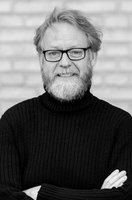
Alzheimer’s disease and the neuronal endosome recycling pathway
We study how the SORL1 gene (and its translation product, SORL1) can cause Alzheimer’s disease when dysfunctional. The physiological role of SORL1 in the endosome recycling pathway is to ensure efficient cargo trafficking in neurons in complex with retromer. Mutations that decrease SORL1 endosome activity is associated with neurodegeneration and based on different genetic variants we investigate different aspects of this essential pathway for healthy brain aging.

Cryo-EM on membrane transporters and receptors
I am involved in research projects with a focus on structural biology of membrane protein transporters and receptors. New avenues are implementation of new cryo-EM methods in DANDRITE projects with an increasing focus on in situ structural biology. As cryo-EM Facility Manager at EMBION-AU (embion. au.dk), I enable easy access and training on equipment and in cryo-EM and negative stain methods for DANDRITE researchers. The EMBION cryo-EM facility is an important strategic infrastructure in key DANDRITE projects.
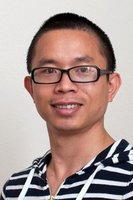
Advancing Biomarker Discovery in Neurodegenerative Disorders through Transcriptomics
Luo group focuses on applying high-throughput single-cell and spatial transcriptomics technologies to decipher the vascular dysfunctions associated with human (neuro)degenerative and cardiometabolic disorders. Combined with deep learning, the Luo group works on tailoring the future biomarker and drug target discovery for PD development/progression and cardiometabolic disorders.

Metabolism and Brain Health
We investigate the interdependency of metabolism and brain health. Using transgenic mouse and iPSC-derived human cell models we interrogate how metabolism guides development and functional integrity of the brain, and why metabolic disturbances are major causes of neurodegeneration.

Glia-neuron communication in health and disease
The peripheral sensory neurons are completely covered by glial cells, with satellite glial cells (SCG) covering the neuronal soma and Schwann cells covering the length of the axon. Increasing evidence demonstrates how these glia cells play major roles in sensory neuron functions. Our aim is to understand how peripheral glia calls affect neuronal functionality in health but also following nerve injury or in diseases such as diabetes.

Enhancing Drug Delivery to the Brain: Innovations in Blood-Brain Barrier Research
The Nielsen lab focus on complex blood brain barrier models and how different receptor systems are involved in polarized transport across brain endothelial cells. We use this information to develop brain shuttles that is optimized for drug delivery to the brain. The research is centered around state of the art imaging technologies for in vitro and in vivo research.

Protein design in neuroscience
Many synaptic signaling pathways converge in the post-synaptic density, which is a dense protein mesh work that organize signaling molecules on the nanoscale. We study recruitment of proteins to the post-synaptic density and investigate how its molecular organization regulate signaling. We are increasingly using de novo protein design and protein engineering to manipulate neuronal signaling.

DANDRITE exemplifies robust scientific and organizational leadership, effectively managing both strategic and operational levels. This dual focus ensures that the institute not only advances its research goals but also maintains efficient day-to-day operations. The strong leadership at DANDRITE is pivotal in driving the organization's mission forward, fostering a dynamic environment for scientific discovery and innovation. In 2023, we had a turnover in the Executive Board as well as the Scientific Advisory Board, aligning the scientific profile with our new cohort of group leaders.
Moreover, management plays a vital role in supporting neuroscience advancements at DANDRITE and Aarhus University. Notably, the extension of the Danish National Research Center of Excellence PROMEMO enhances collaboration opportunities for DANDRITE researchers focusing on memory and neurodegenerative diseases.

"As we look to the future, we are undergoing some changes in leadership. In 2023, our director for ten years, Poul Nissen, stepped down to become the Vice Dean at the Faculty of Natural Sciences at Aarhus University"

Receptors in mental disorders and memory
The Vps10p-D receptors sortilin and SorCS1, -2, and -3 predominate in distinct neuronal populations in the developing and adult brain. They bind a variety of ligands and co-receptors to control brain development and synaptic function, and they are strongly associated with risk of psychiatric disorders. The lab studies their biology and access their potential as drug targets in mental disorders.
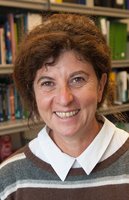
The neurobiology of stress-related memories
Our research focuses on the adaptive and maladaptive neurobiological mechanisms by which stressful experiences shape brain circuits and the representation of negative memories. To this end, we use genetic mouse models and combine behavioral analyses with slice electrophysiology, network tracing, molecular, cellular, and circuit manipulations. By advancing our understanding of the effects of stress on memory systems, we seek to discover novel strategies for the treatment of affective disorders, such as post-traumatic stress disorder, anxiety, and depression.

α-synuclein abnormalities in neurodegenerative diseases
How can a single neuronal protein α-synuclein give rise to multiple different neurodegenerative diseases? What kinds of α-synuclein aggregates do in brain give rise to symptoms and neurodegeneration and can we detect them all? Can we treat Parkinson’s disease by targeting calcium signaling? Our group want to understand how neurodegenerative diseases like Parkinson’s disease, Lewy body dementia, and multiple systems atrophy develop, progress, and elicit their many symptoms.

Structural and Functional Studies of Membrane Proteins in Brain
The Nissen group investigates the structure and molecular mechanisms of membrane transport processes, receptor mediated trafficking and signaling, and biomembrane ultrastructure. Activities are mainly focused on cryo-electron microscopy (Cryo-EM), fluorescent imaging, and biochemistry/biophysics with integral approaches using also AI and network models.

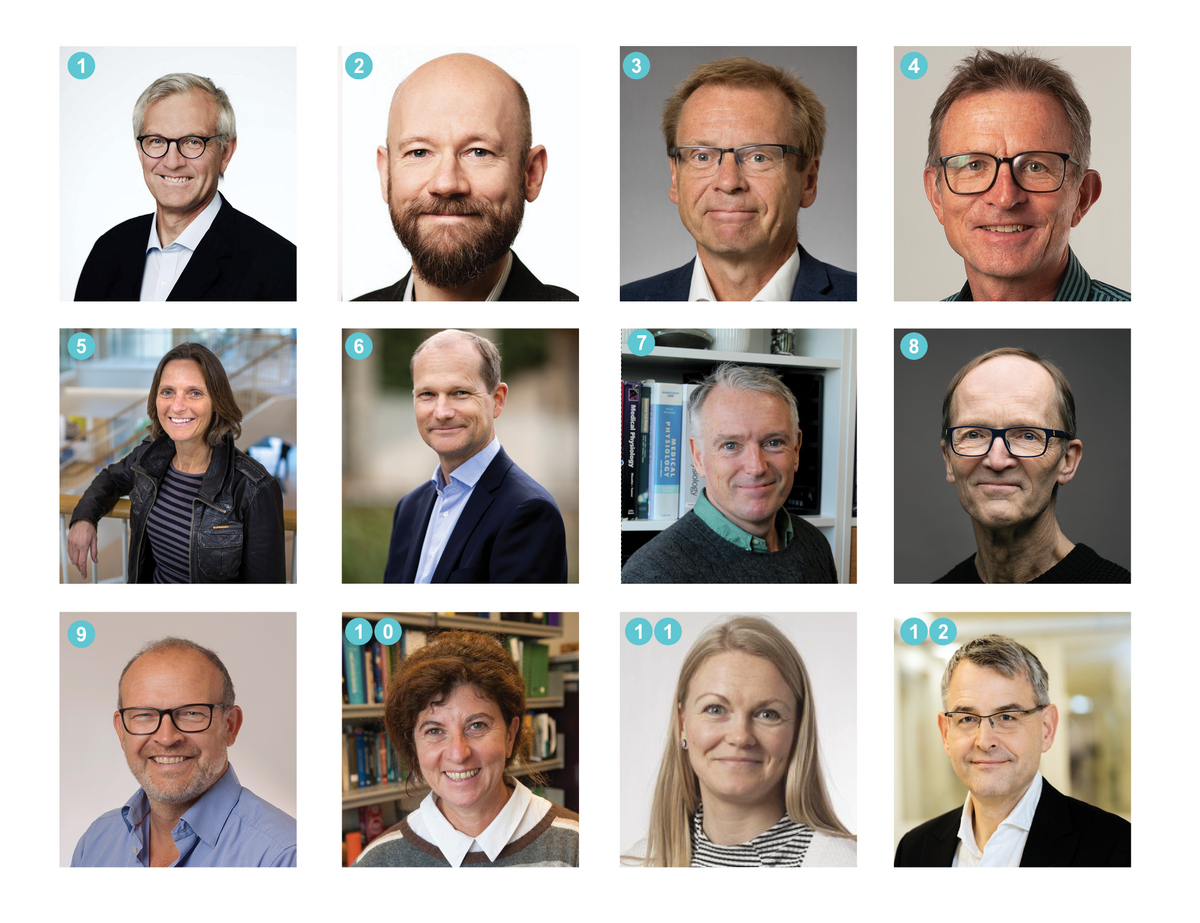


Volker Haucke is a professor and Director of the Leibniz-Forschungsinstitut für Molekulare Pharmakologie Berlin (FMP). He joined the DANDRITE Scientific Advisory Board in the Spring of 2023.
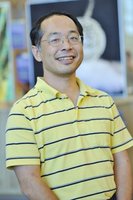
Ryohei Yasuda is a Scientific Director at the Max Planck Florida Institute for Neuroscience. He joined the DANDRITE Scientific Advisory Board in the Spring of 2023.
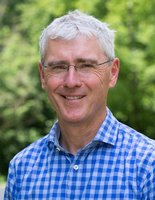
Rüdiger Klein is a professor at the Max Planck Institute of Neurobiology. He has been member and chair of the DANDRITE Scientific Advisory Board since 2014.
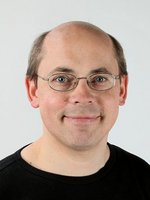
Carl Petersen is a professor at École polytechnique fédérale de Lausanne EPFL. He has been member of the DANDRITE Scientific Advisory Board since 2016.

From the left
Missing from picture:

"Our productive Support Team is experimenting in many new initiatives to create a challenging, positive and inclusive workplace, and we're continuously refining our recruitment process to attract the best qualified candidates."
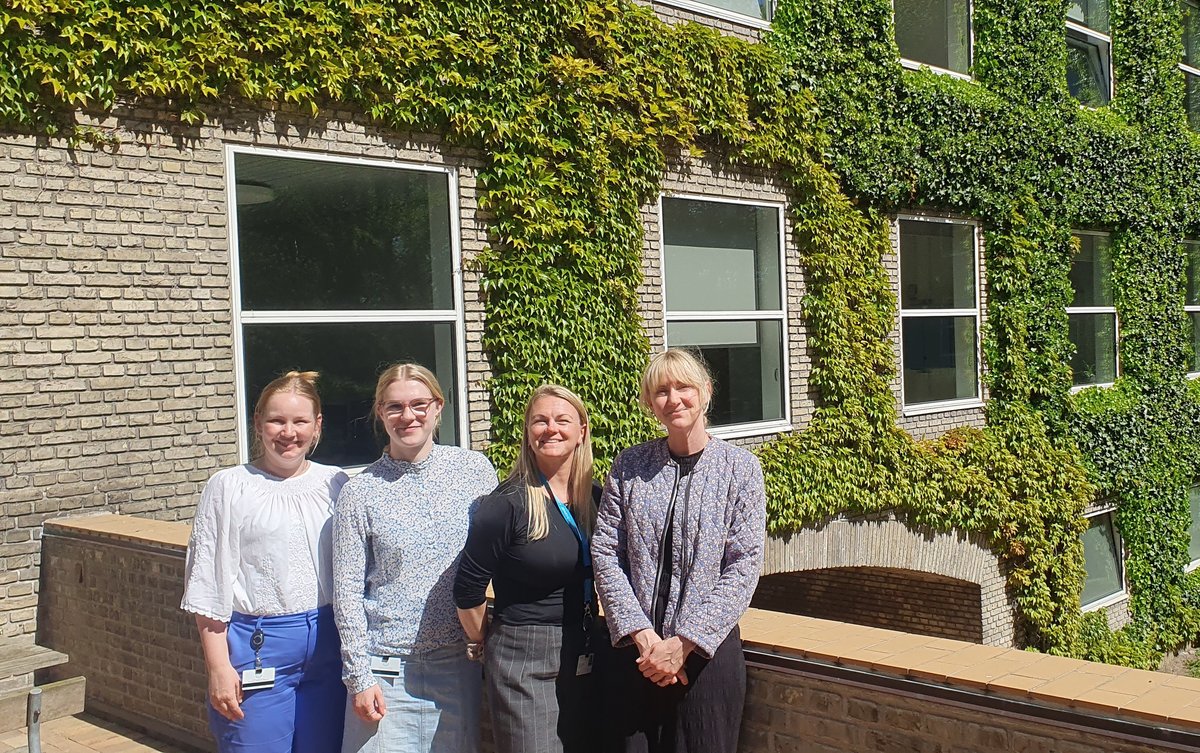
From the left:
The support team at DANDRITE aims to ensure a cohesive, efficient, and professional administration and research support for employees and students connected to DANDRITE. In addition to handling running tasks and daily administrative services and support, we strive to add value to the community and the well-being of staff and students.
In 2023, one important focal point for the support team was strengthening diversity, inclusion, and community in DANDRITE. In 2023, the support team developed and realized an ‘Action Plan for Inclusive Recruitment’ for the 2023 GL recruitment. The Action Plan contained an extensive list of concrete actions – differing from the business-as-usual - with the overarching goal of increasing the number of talented applicants for the GL position and doing our best to attract the entire talent pool. We managed to increase the total number of applications and the ratio of applications sent from female applicants.
Further, the team has worked on strengthening the work environment and well-being at DANDRITE through educating, inspiring, and giving a mandate to the topic. We implemented both small and large initiatives to support this. At the DANDRITE Retreat 2023 we dedicated half a day to a workshop focused on ‘Unconscious bias’, which was facilitated by Kasper Jelsbech from the Living Institute. The feedback from the event was overwhelmingly positive and instructive. It is a learning process for everyone at DANDRITE, and
we will continue to develop concrete actions as we stay dedicated to this agenda.
In communications, many new initiatives and campaigns were launched during 2023. Along the lines of the attention point of diversity and inclusion, we launched a campaign to display the everyday life of a neuroscientist at DANDRITE to inspire both men and women to see the opportunities and adventures that come with a scientific neuroscience career. The campaign was called "DANDRITE Inspire". For the International Day of Women and Girls in Science in 2023, we posted video reportages of two female high school students who visited and followed two of our female scientists. 2023 was also the year of our 10th anniversary, which we marked by displaying highlights from our first decade. Focus and energy were also put into our LinkedIn platform where we gained approximately 1000 new followers during 2023. Many press releases and features were produced, and we introduced the concept of blog posts from our researchers.
The support team continuously works on developing new initiatives and improving and optimizing existing administrative processes and procedures. We occasionally dedicate a day to meet, discuss, and work with different subjects within our task portfolio. In November 2023, we gathered for a full-day meeting to discuss how to strengthen and implement specific initiatives promoting psychological safety and inclusion in our research environment, across research levels, gender, age, culture, and backgrounds. Such a day also strengthens the possibility of collegial sparring within the support team.
In 2023, DANDRITE welcomed two new GLs, and the support team arranged different social outings and introduced the concept of weekly joint lunches for GLs and the support team to give our GLs a great start and onboarding to DANDRITE and AU. For the year to come, we will continue to do our very best to be the glue of the community and strive to provide the framework needed for DANDRITE researchers to reach their full potential.
- Maria Thykær Jensen, Chief Administrative Officer

In 2023, DANDRITE experienced significant personnel changes due to the turnover of group leaders. The initial cohort has seen a reduction in group size as members completed their PhDs or pursued new career opportunities. Meanwhile, the second and newest cohort is in the process of establishing their research groups and will be recruiting new talent in the coming years.
DANDRITE is committed to advancing diversity, equity, and inclusion, aligning with ongoing initiatives at Danish and international universities. In 2023, the institute launched several initiatives aimed at fostering a safe and inclusive work environment for all personnel. With representation from 31 different nationalities, DANDRITE stands as one of the most diverse institutes at AU. This rich diversity not only forms a core aspect of DANDRITE’s identity but also serves as a cornerstone for its future endeavors.
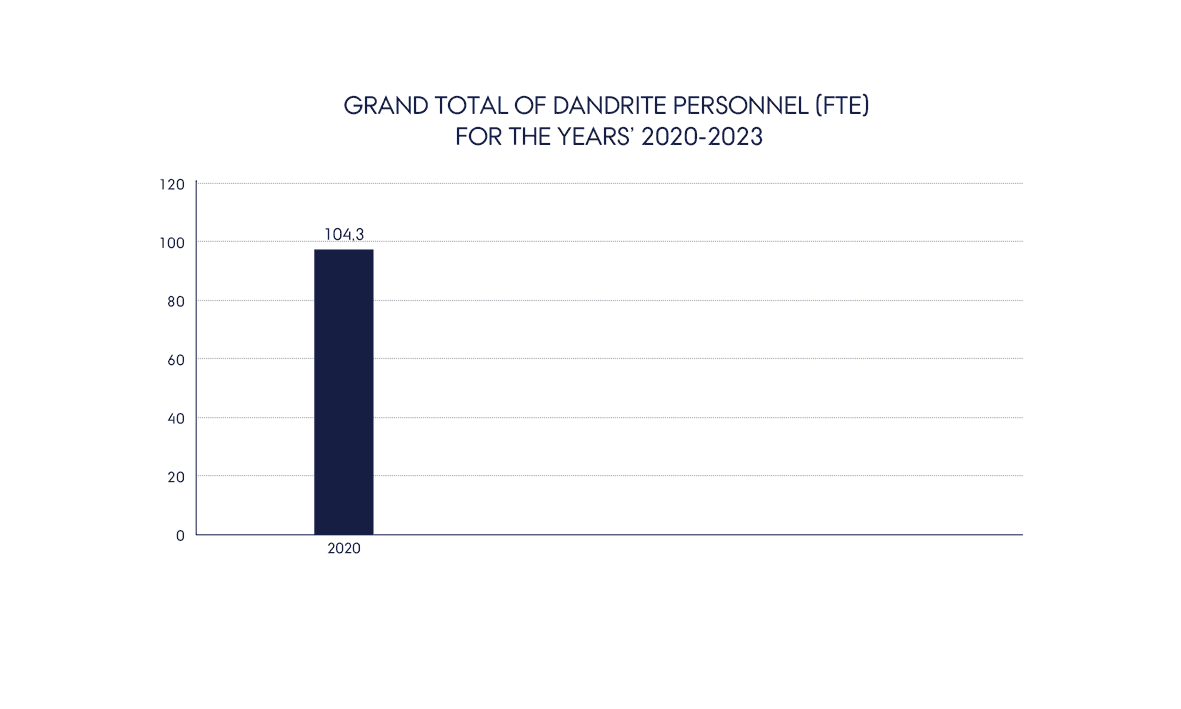


"In the coming years, the Nordic Partnership aims to expand the frontiers of research in molecular medicine and develop new interdisciplinary partner- and mentorships across our four nordic nodes"
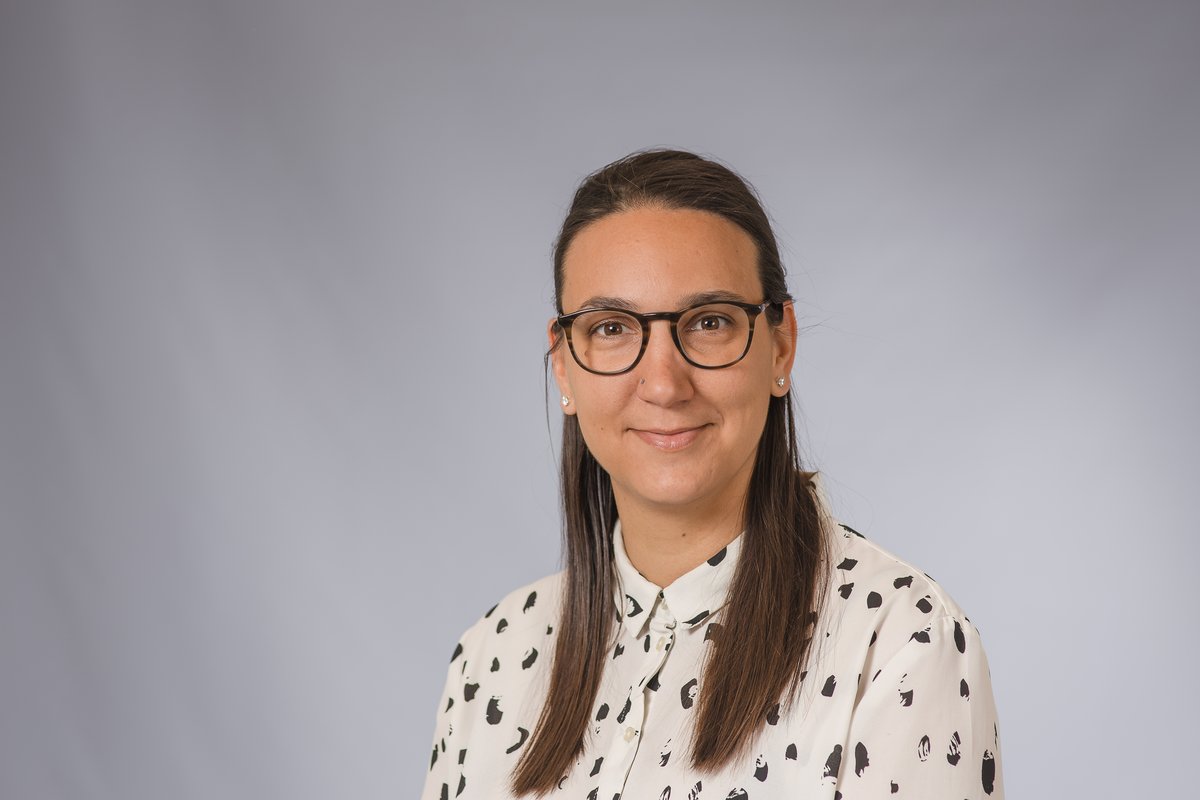
At the beginning of 2023, Nóra Lehotai, Project and Communications Officer at the Swedish node, MIMS, also assumed the role of Communications Officer for the Partnership. She succeeded Gretchen Repasky, who had held the position since September 2021. As Communications Director, Nóra will work to increase the visibility of the vibrant Nordic research environment and showcase advancements in research and technology.

Professor Oliver Billker, Director of MIMS (The Laboratory for Molecular Infection Medicine Sweden) was during 2023 named as the fifth speaker of the Nordic EMBL Partnership. Professor Billker has been MIMS Director since fall 2018, and holds a professorship in Molecular Genetics at Umeå University. The Speaker of the Nordic EMBL Partnership channels the insights of all four Nordic nodes regarding general matters within the Partnership, also acts on behalf of the Partnership when it is needed, and the Speaker contributes to promoting visibility of the Nordic EMBL Partnership at international level.

The Nordic EMBL Partnership for Molecular Medicine celebrated the signing of its renewed agreement for the next ten years (2023-2033) between the European Molecular Biology Laboratory (EMBL) and the Universities of Aarhus, Oslo, Umeå, and Helsinki. The centres combine the longstanding tradition of basic and translational molecular medicine in the Nordic countries, focusing on core research infrastructures and implementing the governance and operational models of EMBL. The centres combine the longstanding tradition of basic and translational molecular medicine in the Nordic countries, focusing on core research infrastructures and implementing the governance and operational models of EMBL. From DANDRITE Director, Poul Nissen and Vice Rector, Berit Eika participated in the ceremony.
Every year, the administrative teams from the four nodes of the Nordic Partnership meet to coordinate upcoming activities and strategies. These meetings include both work and social events, which help strengthen interaction and collaboration across the four countries. In 2023, DANDRITE hosted the meeting. The picture was taken before a boat trip around Aarhus Harbour.
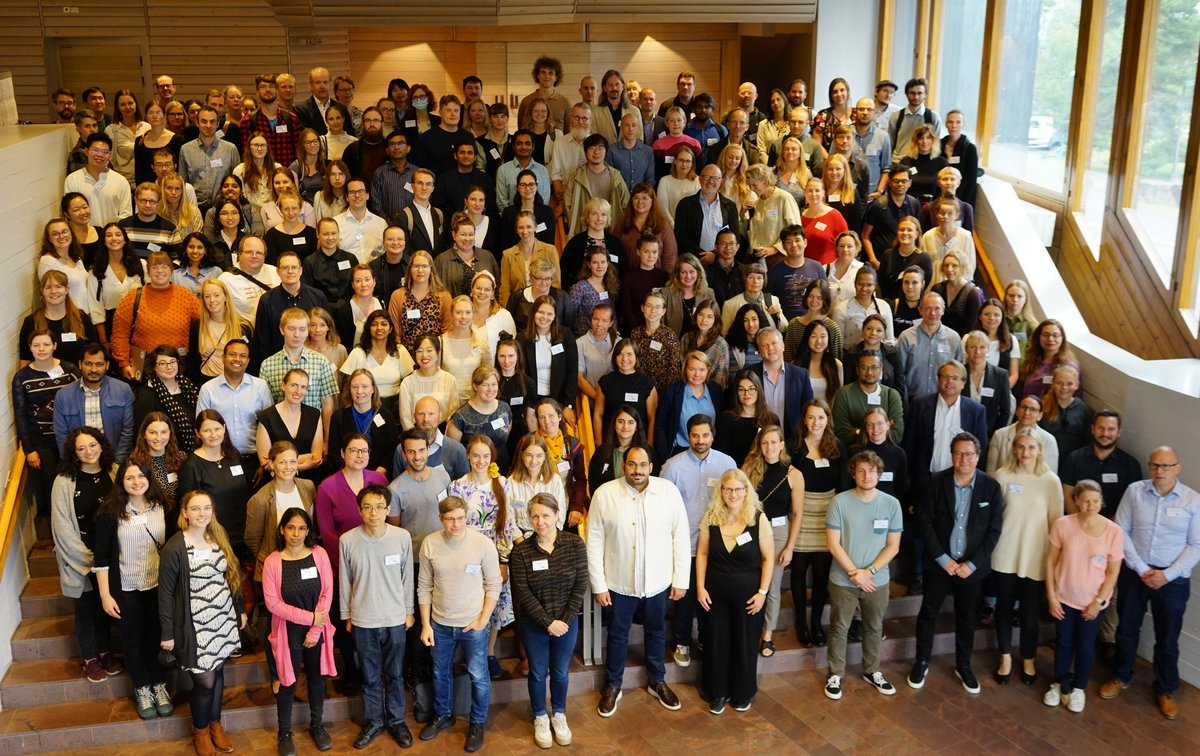
The Finnish Nordic EMBL Partner Node hosted the 12th annual Nordic Partnership Meeting in Helsinki. The annual meetings strategically connect Nordic- and EMBL-based researchers on a mutual basis. These events facilitate expansion of knowledge through scientific presentations and discussions during breaks, while also providing opportunities to broaden networks and spark future collaborations. Over 200 participants travelled just outside of Helsinki to Aalto University’s main building, Dipoli.
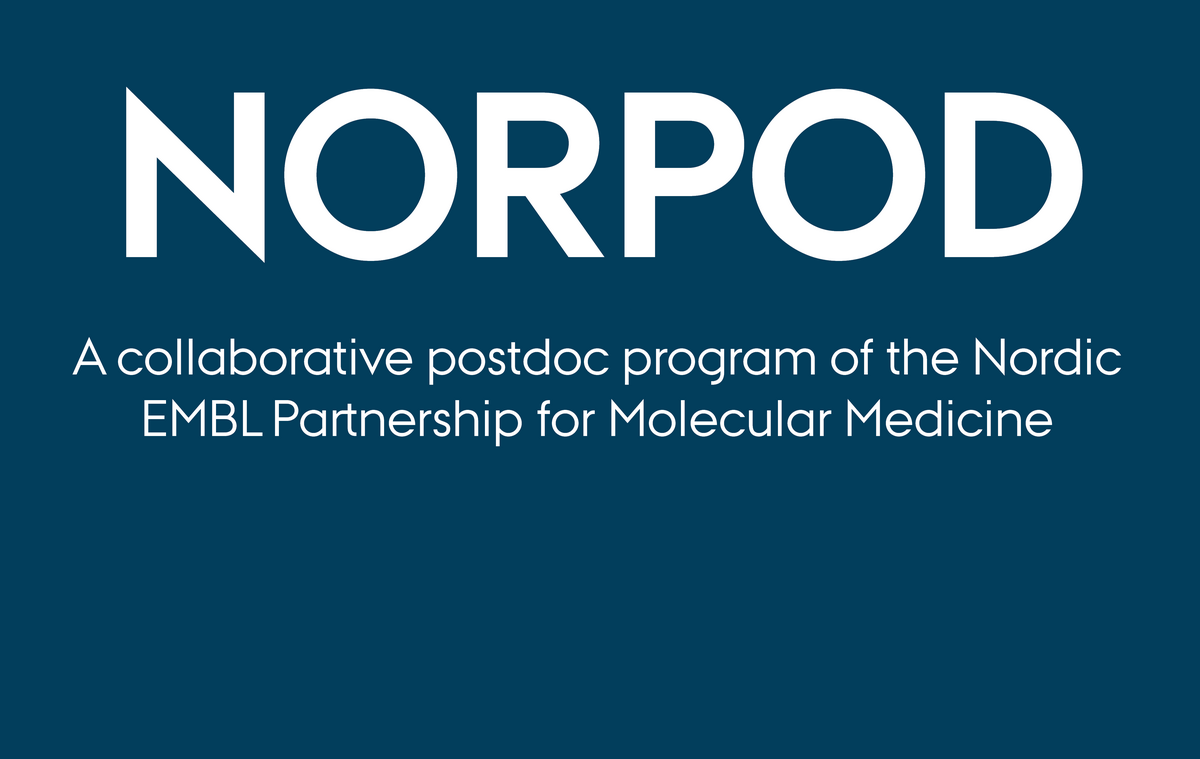
The Nordic EMBL Partnership for Molecular Medicine was awarded 20 million NOK for five years (2024-2028) by NordForsk as part of their Nordic University Cooperation initiative. The positive decision and “excellent” rating came after peer review and strategic assessment by an international expert panel. The NORPOD program is co-financed by the host universities of the four Nordic EMBL nodes - Universities of Umeå, Oslo, Aarhus and Helsinki. The programme is launched in 2024 with open calls for the first round of postdocs.